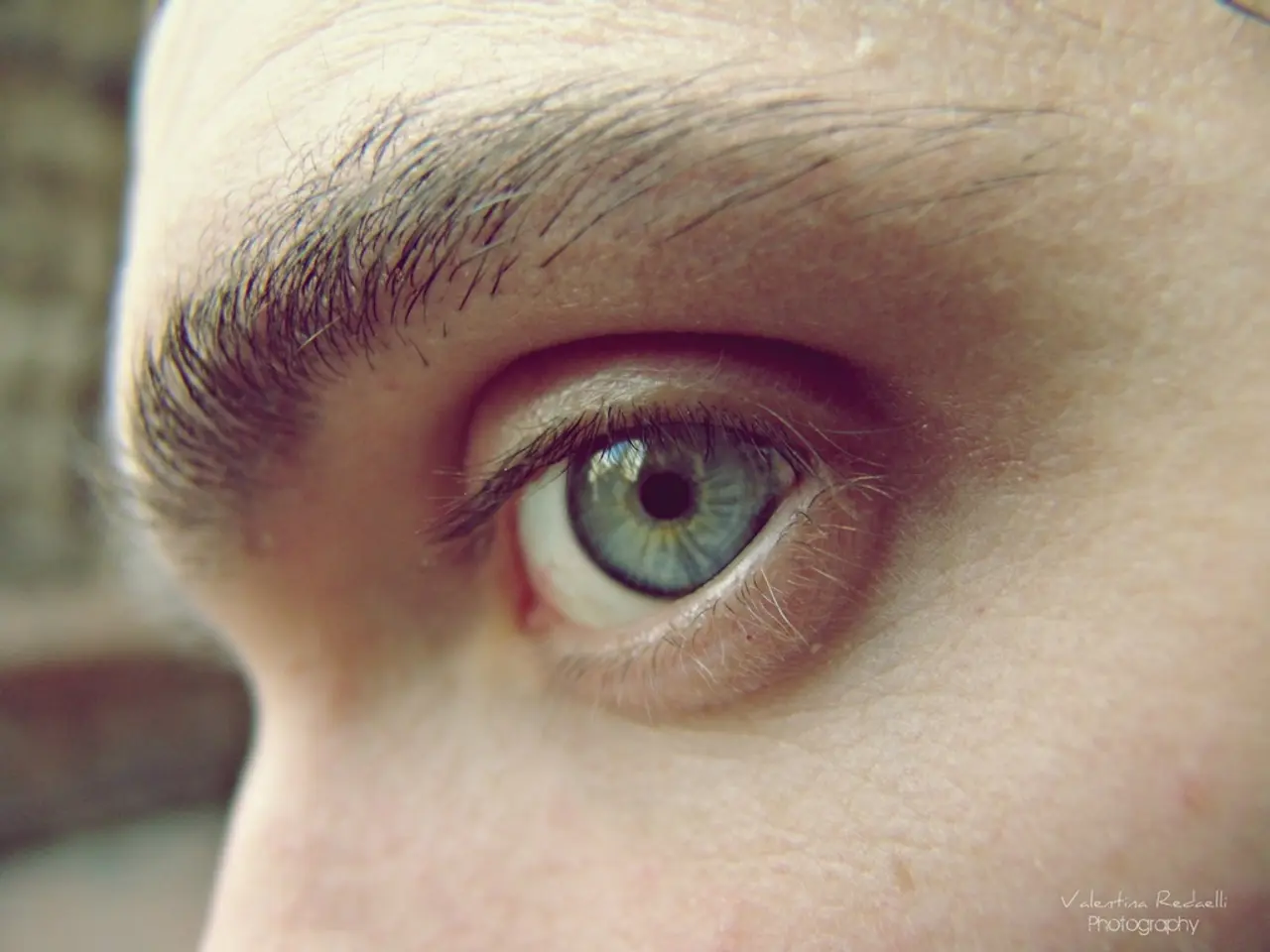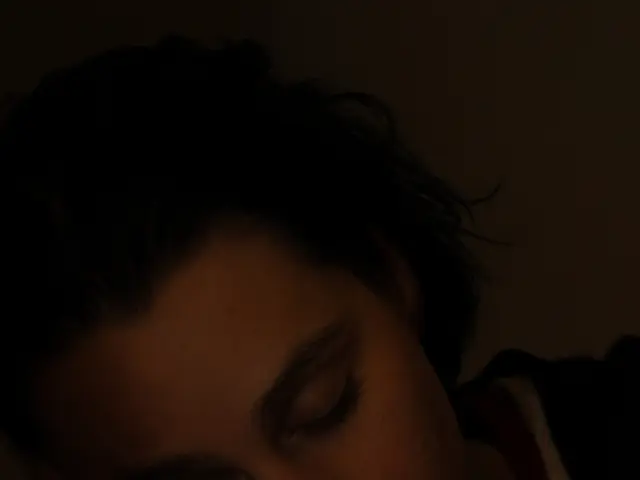Shiner eye lesions, characterized by darkening under the eyes, associated with oweysmotic vasculature, their contributing factors, and potential remedies.
**Dark Circles Under the Eyes: Allergic Shiners Explained**
Many people are familiar with the dark circles under the eyes that sometimes appear after a long, sleepless night. However, there is another type of dark circles, known as **allergic shiners**, that are caused by a different factor: nasal allergies.
Allergic shiners, which resemble bruises or "black eyes," occur when nasal congestion caused by allergic rhinitis leads to blood pooling or venous congestion around the eyes, giving the skin a dark, purplish appearance.
### Common Causes of Allergic Shiners
Allergic shiners are most commonly caused by **allergic rhinitis**, an inflammation of the nasal mucosa triggered by a type 1 hypersensitivity reaction to inhaled allergens such as dust, pollen, animal dander, mold spores, and more. This nasal allergy causes congestion and swelling in the nasal passages, leading to the venous congestion under the eyes that results in the characteristic dark circles called allergic shiners.
### Treatments for Allergic Shiners
The primary approach to treating allergic shiners is to manage the underlying nasal allergy (allergic rhinitis). Common treatments include intranasal corticosteroid sprays, oral or intranasal antihistamines, avoidance of known allergens and irritants, decongestants, and allergen immunotherapy for severe cases.
Intranasal corticosteroid sprays are effective in reducing nasal inflammation and thereby decreasing the appearance of allergic shiners. Antihistamines help control allergy symptoms such as sneezing and itching, while decongestants are sometimes used to relieve nasal congestion.
### Preventing Allergic Shiners
Preventing allergic shiners involves recognising and avoiding allergy triggers, using HEPA filters, washing linen and upholstery, adding moisture to the air, using nasal and saline sprays, and staying hydrated.
For outdoor allergens, it is recommended to keep windows closed during allergy season, stay indoors on windy days or high pollen days, wear sunglasses and a scarf, and do not dry clothing outside. Indoor allergies can occur year-round but may worsen in winter due to less airflow. Common indoor allergens include pet dander, mold, and dust mites.
### Diagnosis and Identifying Allergens
Doctors may use medical examinations, medical histories, blood tests, skin prick tests, or a combination of these methods to diagnose allergies. It is vital to identify the allergen responsible and take steps to avoid or limit exposure to it to prevent future allergic shiners and other allergy symptoms.
In summary, allergic shiners result from blood pooling due to nasal congestion caused by allergic rhinitis. Treating the underlying allergy with steroids, antihistamines, and allergen avoidance usually improves these dark circles. With the proper treatment, allergic shiners should resolve in a matter of weeks, but they may return upon further exposure to the allergen. If allergic shiners persist, it is necessary to see a doctor for a proper diagnosis.
- Beyond just a sign of sleeplessness, dark circles around the eyes can also be a symptom of a condition called allergic shiners, which resemble bruises.
- Allergic shiners are often caused by allergic rhinitis, a type 1 hypersensitivity reaction to common allergens like dust, pollen, and animal dander.
- This inflammation of the nasal mucosa leads to congestion and swelling, causing venous congestion around the eyes and resulting in the characteristic dark circles.
- To treat allergic shiners, the underlying nasal allergy needs to be managed, usually through the use of intranasal corticosteroid sprays, antihistamines, and allergen avoidance.
- Preventive measures include identifying and avoiding allergy triggers, using HEPA filters, maintaining a clean living environment, and staying hydrated.
- For outdoor allergens, it's advisable to minimize exposure by keeping windows closed during allergy season and avoiding high pollen days or windy days.
- Indoor allergens, such as pet dander, mold, and dust mites, can also trigger allergic shiners and should be addressed by regularly cleaning and sanitizing the home.
- In some cases, doctors may use medical examinations, blood tests, skin prick tests, or a combination of these methods to diagnose allergies and identify the specific allergen.
- Diabetes, hayfever, dermatitis, lung diseases, hepatitis, colitis, psoriasis, spondylitis, atopic conditions, breast cancer, and other medical-conditions can have symptoms that resemble allergic shiners, so it's essential to consult with a medical professional for a proper diagnosis.
- Respiratory conditions like asthma and chronic obstructive pulmonary disease (COPD) can cause similar symptoms, so it's crucial to pay attention to eye-health, fitness-and-exercise, and nutrition for overall wellness.
- Frequent sneezing, itching, and watery eyes are common symptoms of allergic rhinitis, in addition to the dark circles under the eyes known as allergic shiners.
- Proper treatment of allergic shiners and their underlying cause can lead to improvements in overall skin health and appearance, as well as relieve other allergy symptoms, helping individuals maintain a healthier and more vibrant lifestyle.




